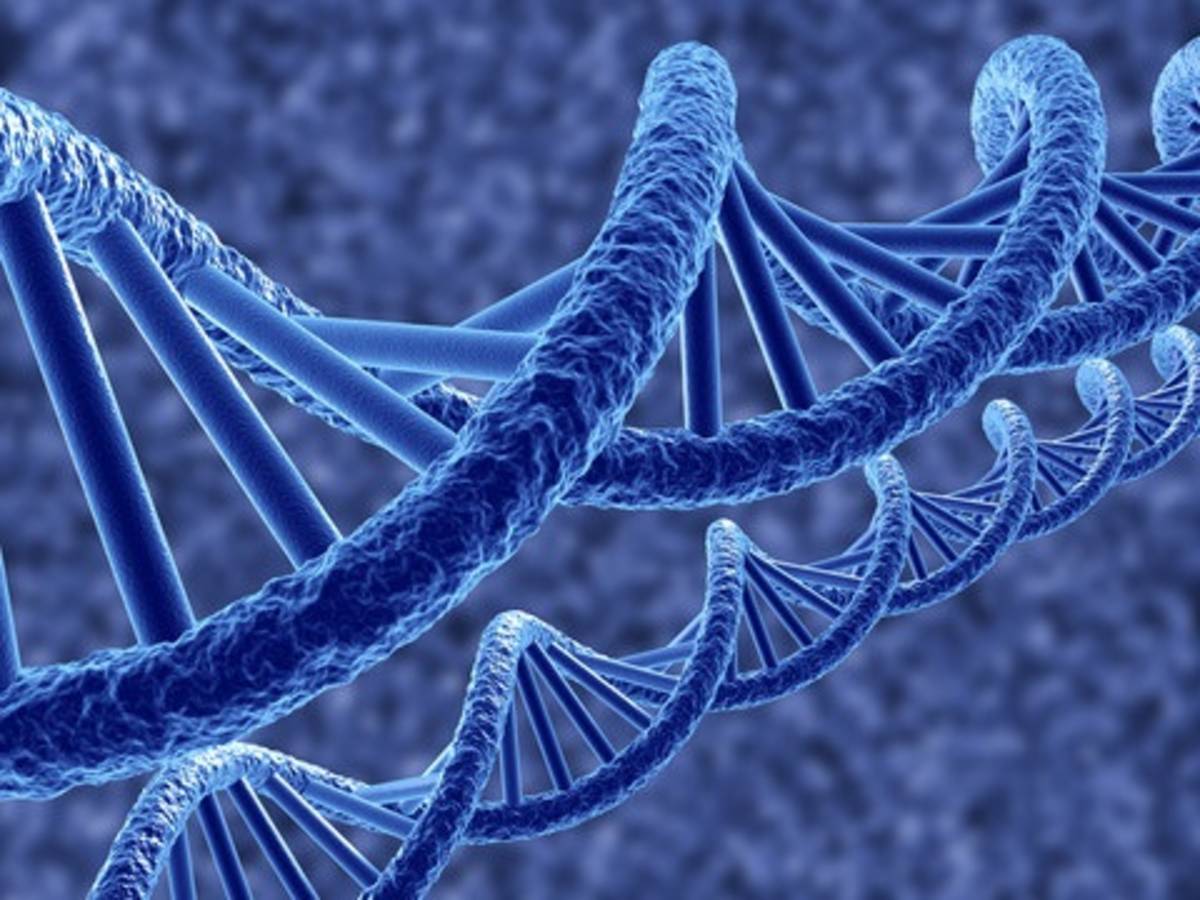Environmental monitoring using eDNA is receiving great attendance, while actual practical use of the technique is less frequent. The technique is promising but several issues have to be well documented before eDNA can be fully included in national environmental monitoring programs.
In a new report "eDNA in Environmental Monitoring" published by DCE - Danish Center for Environment and Energy, Aarhus University, scientists descibe the use of eDNA for monitoring in both aquatic and terrestrial environments, with detection of specific species or group of organisms as well as biodiversity assessment, is discussed. Several issues and considerations have been discussed and examples given of environmental monitoring using eDNA.
Generally, eDNA techniques have shown promising results. In most areas of environmental monitoring eDNA is being considered and incorporated alongside, supplementing or replacing traditional monitoring. However, some concerns and areas of development still exist, and among the technical issues that needs attention are:
• Longevity of eDNA and the occurrence of partially degraded DNA in the environment and across different environmental conditions needs further clarification. • Detection of specific organisms by eDNA is feasible using qPCR.
• Robust Standard Operating Procedures should be developed including design of PCR primers and bioinformatics analysis.
• Quantifying abundance (either as biomass or numbers of individuals) of organisms using eDNA is still in the developmental phase.
• Reference databases for eukaryotes are generally less fully developed compared to prokaryotes, and significant improvements are ongoing.
• Handling and modelling of uncertainties associated with the different steps (field sampling, laboratory procedures, bioinformatics etc.) of eDNA-based techniques need further investigation and standardization.
The use of eDNA for environmental monitoring has been presented as a technique of replacing existing traditional monitoring techniques, being faster, easier and more accurate. At the present level of the methodology this has not been achieved, although the potentials of eDNA approaches are increasingly unfolding. Currently, no routine genetic monitoring is taking place from a management perspective, but different trials using eDNA approaches are ongoing in several countries. Sharing, harmonizing and consolidating the available knowledge is therefore of prime importance in order to develop standardized procedures throughout all the steps of the process (sampling, DNA extraction, amplification primers and conditions, bioinformatic analysis), including handling of false positives and negatives.
Databased scientific literature clearly demonstrates that even though sampling might be easier and faster, sequencing library preparation is still costly despite continuously decreasing, while standardized bioinformatics procedures (pipelines) make analyses more efficient. eDNA-based results generally show different aspects of the environmental state with increasing detailed knowledge on a different scale than traditional monitoring. This applies to biodiversity and speciesspecific occurrence and abundance.
The eDNA methods will often reflect the state of different elements of the ecosystem compared to traditional methods. This has raised the question of whether we actually need the parameters measured with traditional methods or whether the paradigm should be changed, including how well the environmental status is defined in time and space. This is beyond the current report, but raises the question if we need to know the species name for evaluating the environmental quality or if it can be evaluated by sequencing data in terms of molecular operational taxonomic units (MOTU).
The conventional long time series of environmental monitoring is of high value and great care should be taken not to compromise these without careful evaluation of the benefits of moving to eDNA approaches. If we convert all environmental monitoring to eDNA and stop collecting specimens for collections, we lose the possibility of certain studies requiring e.g. long time series. Therefore, it is recommended to perform parallel monitoring with eDNAbased techniques and the traditional monitoring until sufficient experience and data have been secured to be able to follow the environmental state back to the time before eDNA monitoring.
